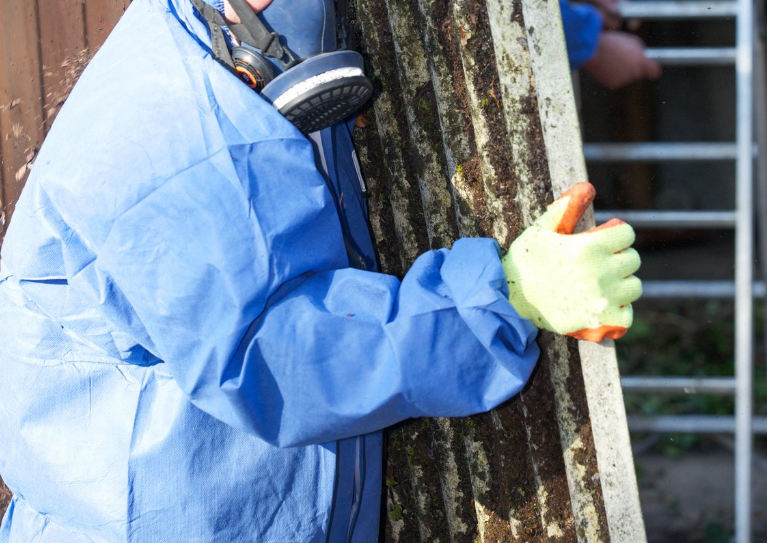Asbestos cement sheets were a popular building material in the past, prized for their durability and resistance to fire. However, it’s now well-known that asbestos poses significant health risks, leading to a surge in the demand for asbestos cement sheet removal. Removing asbestos cement sheets requires meticulous planning and adherence to safety protocols to minimise health risks. In this blog, we’ll share top tips to ensure the safe and efficient removal of asbestos cement sheets from your property.
Plan Ahead
Before commencing the removal process, it’s crucial to conduct a comprehensive assessment of the area. Determine the quantity of asbestos cement sheets present and their condition. If the sheets are in poor condition, there’s a higher risk of asbestos fibre release, necessitating stricter precautions. Asbestos removal is highly regulated, so check the local regulations and guidelines to ensure compliance.
Safety First
The safety of all individuals involved in the asbestos cement sheet removal process cannot be overstated. Personal protective equipment (PPE) is mandatory, including respirators with HEPA filters, disposable coveralls, gloves, and safety goggles. Furthermore, establishing a decontamination zone is crucial to prevent the spread of asbestos fibres outside the work area.
Minimise Dust
To limit the release of asbestos fibres into the air, it’s vital to keep the asbestos cement sheets wet during removal. This can be achieved by gently spraying water onto the sheets before and during the removal process. Avoid breaking the sheets whenever possible, as this can release a high volume of fibres into the air.
Proper Disposal
Asbestos waste, including dust and any contaminated PPE, must be disposed of according to local regulations. Typically, this involves sealing the asbestos waste in labelled, heavy-duty plastic bags and disposing of it at designated facilities that can handle hazardous materials.
Hire Professionals
For those not professionally trained in asbestos removal, the safest option is to hire certified professionals. This is especially pertinent when removing materials like asbestos vinyl tile removal, which might require different techniques compared to sheet removal. Professionals have the necessary training, experience, and equipment to safely remove asbestos-containing materials without risking their health or that of the building’s occupants.
Conclusion
When undertaking asbestos cement sheet removal, prioritising safety and efficiency is paramount. Planning ahead, ensuring the safety of all individuals, minimising asbestos dust, and proper disposal are essential steps in the process. Given the health risks associated with asbestos, hiring professionals is often the safest and most efficient approach. Always remember, with asbestos removal, cutting corners is not an option.

